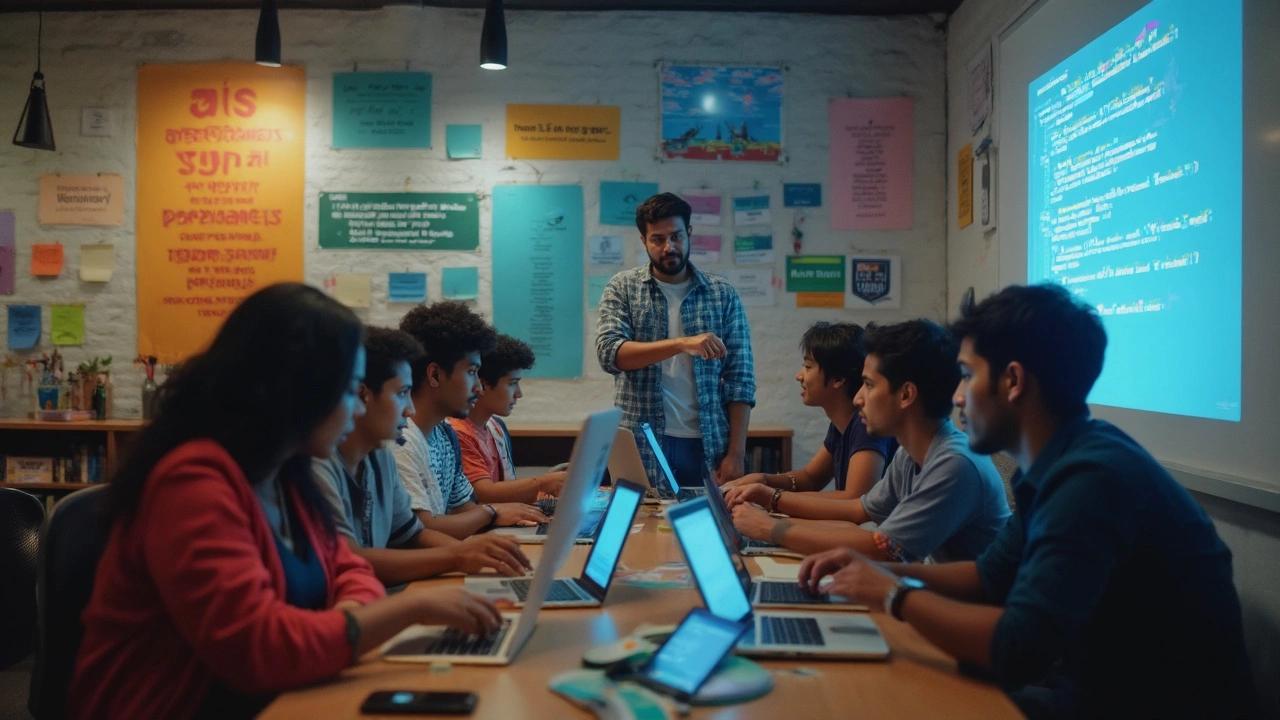Coding in 3 Months: A Real‑World Roadmap
If you think you need years to code, think again. With a clear schedule, the right materials, and consistent practice, you can become comfortable with a programming language in just 12 weeks. The key is to focus on fundamentals, build small projects, and avoid getting stuck on theory.
Week‑by‑Week Breakdown
Weeks 1‑2: Basics and Mindset – Pick one language (Python is a safe bet) and finish an introductory tutorial. Learn variables, data types, loops, and simple I/O. Write a tiny program every day, like a calculator or a text‑based game. This builds confidence and a habit of coding daily.
Weeks 3‑4: Core Concepts – Dive into functions, lists, dictionaries, and basic file handling. Start using an online IDE or set up a local environment. Solve 5‑10 small problems on sites like HackerRank or LeetCode each week. The goal is to get comfortable reading and writing code without looking at the solution.
Weeks 5‑6: Projects and Debugging – Choose a simple project that interests you – a to‑do list app, a weather bot, or a basic blog. Break the project into tiny features and implement them one by one. When bugs appear, use console prints or a debugger to trace the issue. Learning to fix errors is half the skill.
Weeks 7‑8: Data and APIs – Introduce yourself to JSON, HTTP requests, and using public APIs. Modify your project to fetch live data – for example, pull current weather from an API and display it. This adds real‑world relevance and teaches you how code talks to other services.
Weeks 9‑10: Version Control and Collaboration – Set up a GitHub account, learn basic Git commands, and push your project to a repository. Practice branching, committing, and pulling. If possible, pair‑program with a friend or join a small online study group. Seeing how others structure code sharpens your own style.
Weeks 11‑12: Polish and Portfolio – Refactor your code for readability, add comments, and improve UI (even a simple command‑line UI). Write a short README that explains what the project does, how to run it, and what you learned. This becomes a showcase piece for future interviews or freelance gigs.
Tools and Resources You’ll Need
Stick to free or low‑cost tools: VS Code for editing, Python.org for the interpreter, and GitHub for version control. For structured learning, follow a free YouTube series or a beginner course on platforms like Coursera or Udemy. Remember, the goal isn’t to consume endless videos; it’s to apply what you watch immediately.
Lastly, keep a simple habit tracker. Write down what you coded each day, even if it’s just a single line. Seeing progress on paper fuels motivation and prevents burnout. After three months, you’ll have a functional project, a GitHub profile, and the confidence to keep building. Ready to start?
Can I Learn Coding in 3 Months?
Wondering if you can learn coding in just three months? It's possible with the right approach, discipline, and resources. Learn all about strategies for fast learning, the best programming languages to start with, and tips to maximize your coding education in a short amount of time. Explore how consistent practice, online resources, and mentorship can accelerate your journey.
read more